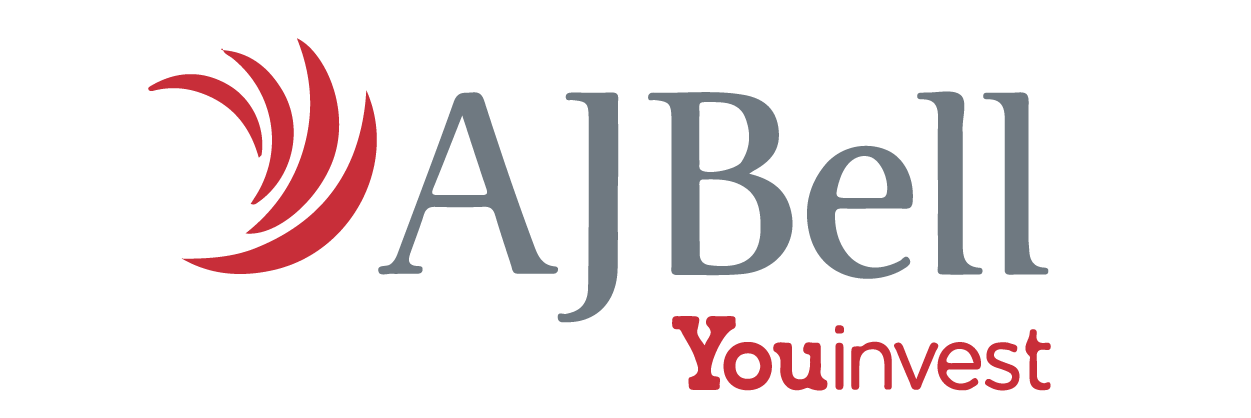Should I continue to pay into my employee pension and invest in an ISA?
Both approaches come with significant tax benefits and are designed for different financial goals.
If you’re saving for retirement, then a pension is very generous, offering tax relief on your contributions as well as tax sheltering from any gains or income. It means for every £4 you contribute, the government tops up your pension with another £1, and further relief is available if you’re a higher rate taxpayer. If you’re in a workplace pension your employee may contribute more; for auto-enrolment, this would be another £3. Don’t forget, however, you will be subject to tax on a portion of the withdrawals depending on how much you take out in a tax year.
The downside to pensions is that you can’t access them until you’re 55, rising to 57 from 2028. This is not the case for an ISA – you may access the money at any time, meaning they are more appropriate for shorter term financial goals. Whilst they won’t attract any tax relief, like pensions they are sheltered from tax. This includes capital gain tax (CGT) and taxes on dividends or interest.
In truth, it needn’t be an either/or: many people have both running concurrently as they save and invest for retirement as well as nearer term big ticket items such as house purchases or renovations.
What mistakes should I avoid when opening a new ISA account?
First, be careful of scams! Particularly if anyone is asking you to transfer funds to their service. Helpfully, the financial services’ regulator – The Financial Conduct Authority (FCA) – must authorise any company providing investing services, and as such, have a register which you can check to see if a company is genuine or not. Find it here.
Second, make sure you fully understand the charges. Broadly, there are two sets of charges: fees charged by the investing service provider (the platform), and fees charged by the fund provider. Platforms fees are usually charged directly to your investment account, which means you tend to need to keep a minimum in cash to cover them. Investment fees are charged differently and taken directly out of the value of your investment in any particular fund. Different platforms will charge different amounts and different funds will charge different amounts, so make sure you read the small print before investing as high charges have a surprisingly big effect on the returns you receive over the long periods of time.
Can I have multiple ISA accounts including cash and stocks?
You may open multiple ISAs within a tax year just as long as they’re not two of the same ISA – i.e. you not allowed to open two stock & shares ISAs in a single tax year. Just make sure you just don’t breech the annual limit of £20,000 across your ISAs. If you roll into a new tax year, you may open another of the same, and you may even hold it with a different provider.
Why are index funds wrapped in ISA accounts so popular?
The new breed of investment platforms – we call them do it with me platforms – tend to offer very simple, diversified products that contain varying index funds depending on your tolerance for risk, and which can be wrapped in ISAs or SIPPs – a private pension. The key attraction of index funds is that they’re very low cost which can have a significant impact on your returns given the length of time you will be investing for. These services have bloomed in recent years as digital services have evolved and become safer and as customers have demanded simpler ways of investing in the stock markets.
Will the annual limit of £20,000 per person ever increase?
The last time the limit increased was in the 2017 /18 tax year, from £15,240 to £20,000, meaning an increase is long overdue. In addition, inflation is eating away at the value of cash, so as the years tick by, the frozen allowance is becoming an overbearing stealth tax. The government may wish to correct this at some point.
That said, the public purse is not in a great shape, so the government might not be feeling generous for some time to come.
Is it easy to transfer existing ISA accounts from one provider to another?
In recent years the regulator has strived to make the process much easier. Of course, no matter what type of ISA you have, over time you may find there are cash ISAs out there with better interest rates or investment ISAs with a wider range of products, and find yourself wanting to move service and consolidate providers. This can be a great idea: a competitive service with low costs can dramatically improve the gains you make over time and help you reach your financial goals.
Cash ISA transfers will tend to be fairly simple and take a couple of weeks. For stock & shares ISAs it may take longer – up to 6 weeks – and can be more complex. If the investments you hold in your stock & shares ISA are available at the new provider, then you may be allowed an ‘in specie’ transfer whereby the investments you hold are simply moved across. If they’re not available at the new provider, then the investments may need to be sold down and the cash moved across instead. In this case, you may be charged fees for dealing.
To make a transfer, you open an account at the new provider, fill in an ISA transfer form, and the provider will take care of the rest – contacting your old provider to start the process.
Are Innovative Finance ISAs still available?
Innovative Finances ISA are available at P2P platforms, but remember these are a more specialised forms of investing – peer-2-peer loans – which may come with significantly more risk. These are loans made to small businesses and individuals directly over the P2P platform. While you may invest up to your £20,000 ISA limit in an Innovative Finance ISA, consider the risk you are taking in context of all of your investments. Usually, it is wise to make risky bets in small amounts.




